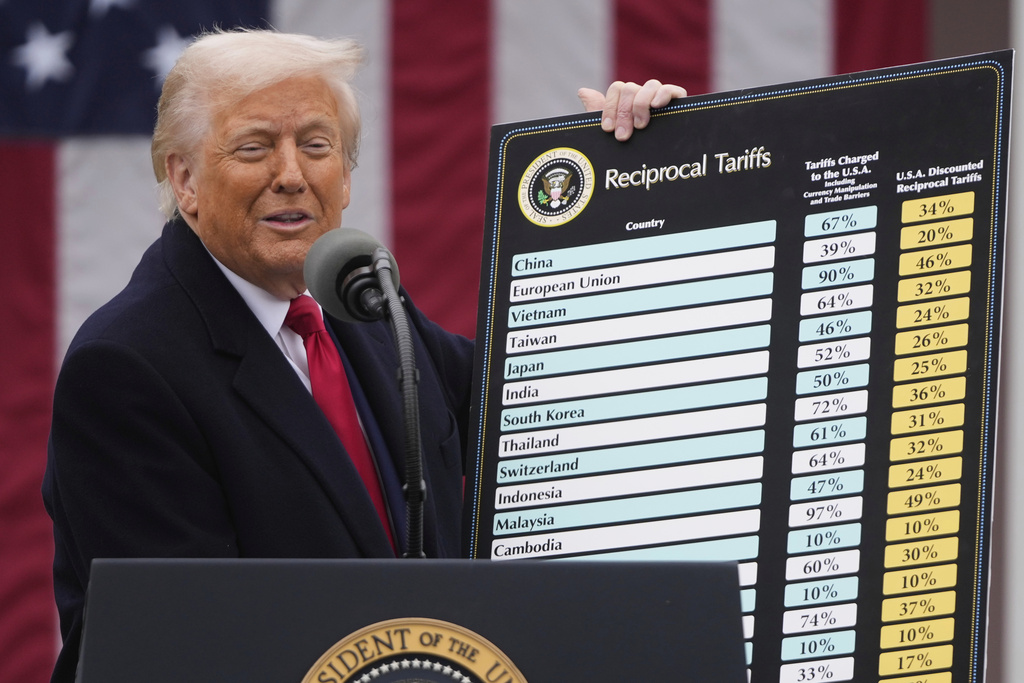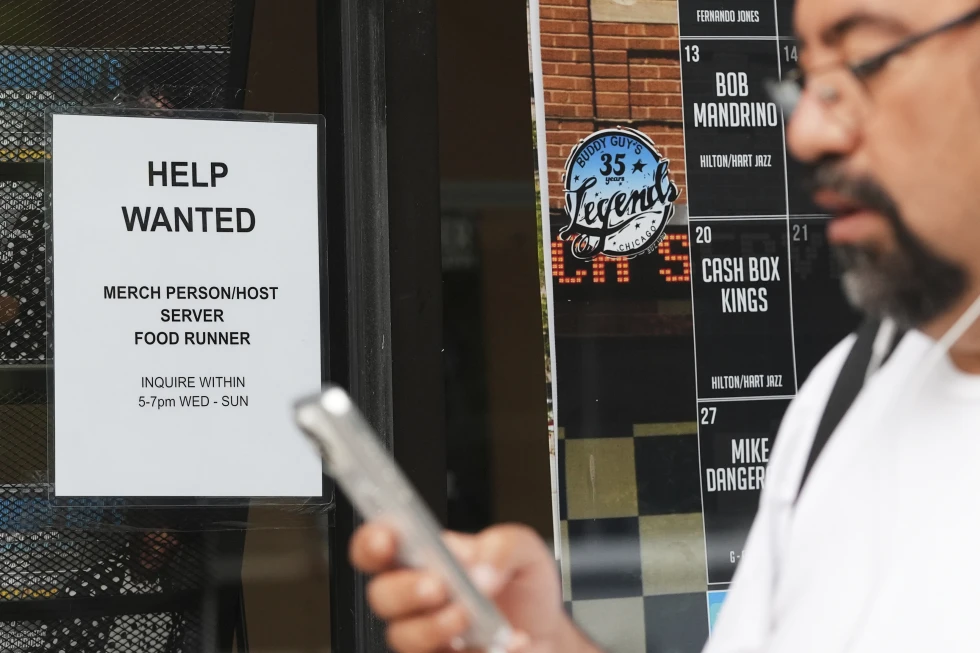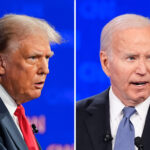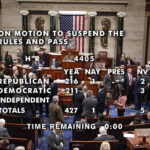U.S. Labor Market Weakens with Just 73K Jobs Added in July/ Newslooks/ WASHINGTON/ J. Mansour/ Morning Edition/ The U.S. economy added just 73,000 jobs in July, signaling a sharp hiring slowdown. Revisions to prior months show 258,000 fewer jobs than previously reported, and the unemployment rate edged up to 4.2%. Economists cite Trump’s aggressive trade policies and interest rate uncertainty as key factors stalling job creation.

U.S. Labor Market Slows Sharply: Quick Looks
- Only 73,000 jobs added in July, far below forecasts
- Unemployment rate rises to 4.2%, a 2025 high
- May and June job totals revised down by 258,000
- Trump’s global tariff war and immigration plans cited as hiring deterrents
- Health care and social assistance made up 63% of new private-sector jobs
- Young workers and new grads hit hardest by sluggish hiring
- Firms pause hiring but avoid mass layoffs, economists say
- Job openings, quit rates, and hiring confidence all trending lower
- Discouraged worker count jumps by 256,000 in June
- Stock markets dip in reaction to weak employment numbers
Deep Look: Trump’s Trade War Slams the Brakes on U.S. Job Growth
WASHINGTON — The once-resilient U.S. labor market is flashing signs of a deeper slowdown as employers added just 73,000 jobs in July, the smallest monthly gain in over two years, the Labor Department reported Friday. Revisions to hiring data from May and June revealed a staggering 258,000 fewer jobs than initially estimated, adding to concerns that President Donald Trump’s unpredictable trade war and immigration crackdowns are dampening economic momentum.
The unemployment rate edged up to 4.2%, marking its highest level in over a year. The job gains were well below the 115,000 forecasted by economists and signal a sharp drop from the 147,000 positions added in June.
Confidence Deteriorates as Tariff Uncertainty Spreads
A large share of the blame is being pinned on Trump’s global tariff regime, which has triggered cost increases, slowed investment, and created widespread uncertainty among U.S. businesses. Companies are increasingly hesitant to add workers as raw materials get more expensive and foreign retaliation shrinks markets.
“The labor market is poised for a summer slowdown,” said Gregory Daco, chief economist at EY-Parthenon, “as businesses put hiring plans on hold but refrain from broad-based layoffs.”
Adding to the pressure is the White House’s ongoing deportation strategy, expected to further reduce the supply of foreign labor, especially in service and agriculture sectors. Meanwhile, lingering high interest rates — held steady by the Federal Reserve due to persistent inflation concerns — are also weighing on job creation.
College Grads and Job Seekers Struggle
The labor market’s cooling is particularly evident among new college graduates and those trying to reenter the workforce. The jobless rate for 22-to-27-year-old college graduates rose to 5.8%, the highest non-pandemic level since 2012.
“If you’re young or just trying to rejoin the workforce, the job market doesn’t look so hot,” said Adam Schickling, a senior economist at Vanguard.
The number of discouraged workers, who have given up job searching, rose by 256,000 in June to 637,000, according to the Labor Department. Meanwhile, the quit rate, once a sign of labor confidence, has now dropped below pre-pandemic levels.
Healthcare Dominates Job Growth
One stark trend: nearly two-thirds of all private-sector job gains this year have come from healthcare and social assistance, a category that includes everything from hospitals to daycare providers. Other industries — including manufacturing, tech, and construction — have seen stagnant or declining hiring activity.
“Firms are pulling back on hiring without shedding existing workers,” Schickling said. “The result is a labor market that is softening gradually, not collapsing.”
This marks a significant contrast to 2021–2023, when employers added over 400,000 jobs per month during the COVID recovery. Now, the average monthly job gain has dropped 68% below those pandemic rebound years.
Businesses Brace for a Bleak Fall
Corporate America has taken notice. Ford Motor Co. recently projected a $2 billion hit to earnings in 2025, largely due to increased input costs from tariffs. Smaller companies have begun to scale back expansion plans, hiring goals, and investment spending.
Wall Street reacted swiftly to Friday’s report, with the Dow Jones and S&P 500 falling in early trading as investors reassess the economic outlook in light of tepid job data.
Despite this, the White House has maintained an optimistic tone. Officials argue that inflation is under control, and tariffs will ultimately revive domestic manufacturing and strengthen long-term growth.
“The fundamentals of the economy remain strong,” a senior Trump economic adviser told reporters. “We’re building the groundwork for a more self-reliant future.”
What’s Next?
Economists warn the labor market could weaken further heading into fall. The Federal Reserve’s decision to hold rates steady has frustrated President Trump, who is demanding sharp rate cuts to stimulate growth — a move many economists say could risk reigniting inflation.
Unless tariffs are rolled back or a major trade deal is struck soon, job growth may continue to slow, especially in sectors that rely heavily on global supply chains or consumer confidence.







